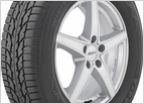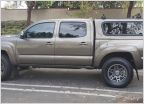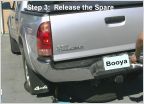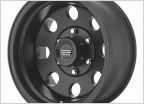-
Welcome to Tacoma World!
You are currently viewing as a guest! To get full-access, you need to register for a FREE account.
As a registered member, you’ll be able to:- Participate in all Tacoma discussion topics
- Communicate privately with other Tacoma owners from around the world
- Post your own photos in our Members Gallery
- Access all special features of the site
Quick Links: Kumho Crugen HT51 Tire Reviews needed
Kumho Crugen HT51 Tire Reviews needed  Tires for my 97 4x2
Tires for my 97 4x2  Should I upgrade from Bridgestone Dueler HL Alenza Plus to Pirelli Scorpion A/T Plus just for looks?
Should I upgrade from Bridgestone Dueler HL Alenza Plus to Pirelli Scorpion A/T Plus just for looks?  How To Video: Change a Tire on the Tacoma ( high def )
How To Video: Change a Tire on the Tacoma ( high def )  Doh! Bonehead mistake, can it be easily fixed ?
Doh! Bonehead mistake, can it be easily fixed ?  3rd Gen on BFG K02's 295/70r17 or 285/75r17 tires? What lift/spacers/etc?
3rd Gen on BFG K02's 295/70r17 or 285/75r17 tires? What lift/spacers/etc?
Tire Tech: Understanding the relationship between PSI & Load. LT265 and LT255 data!
Discussion in 'Wheels & Tires' started by scollins, Jan 19, 2014.
















































































